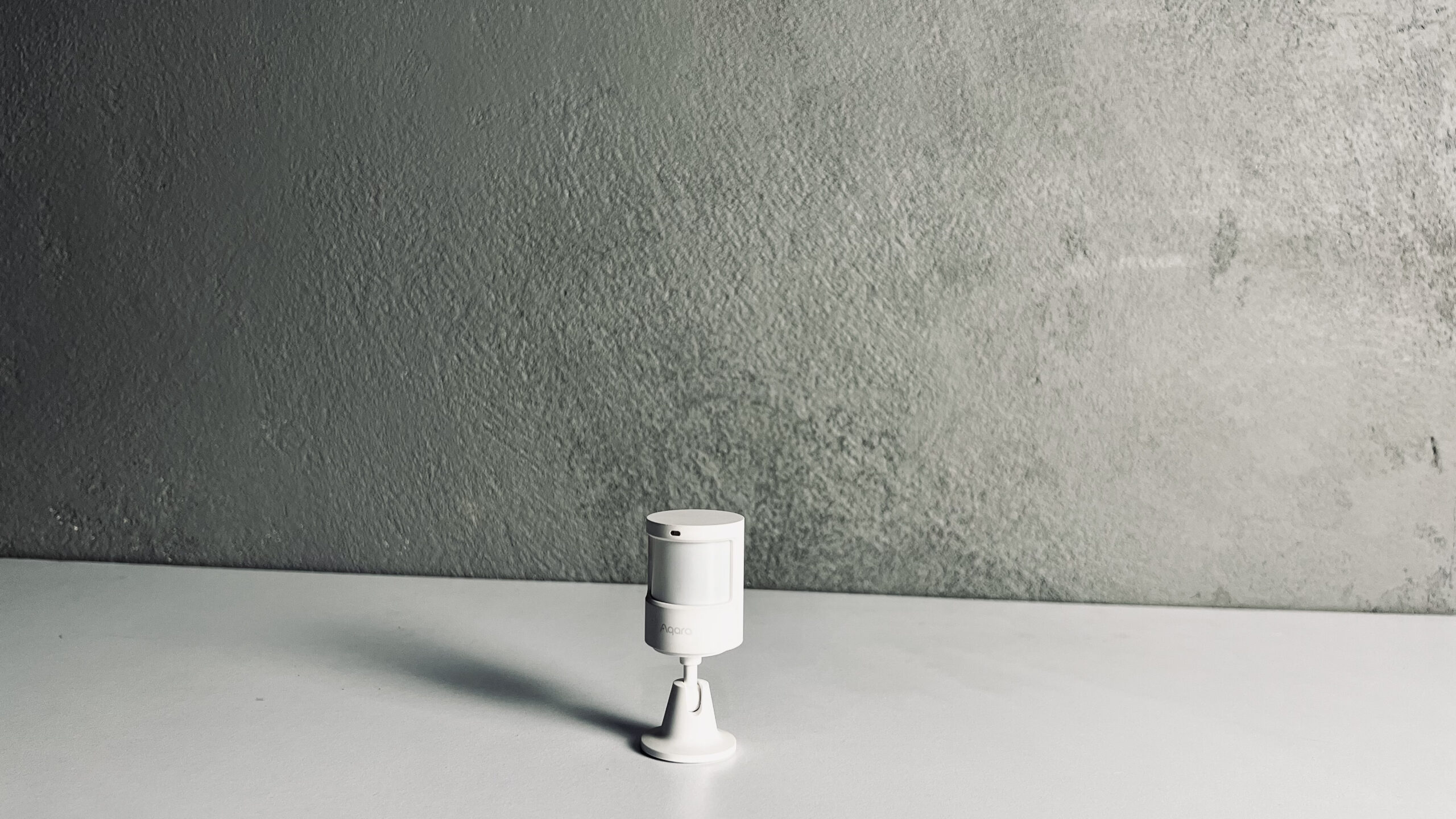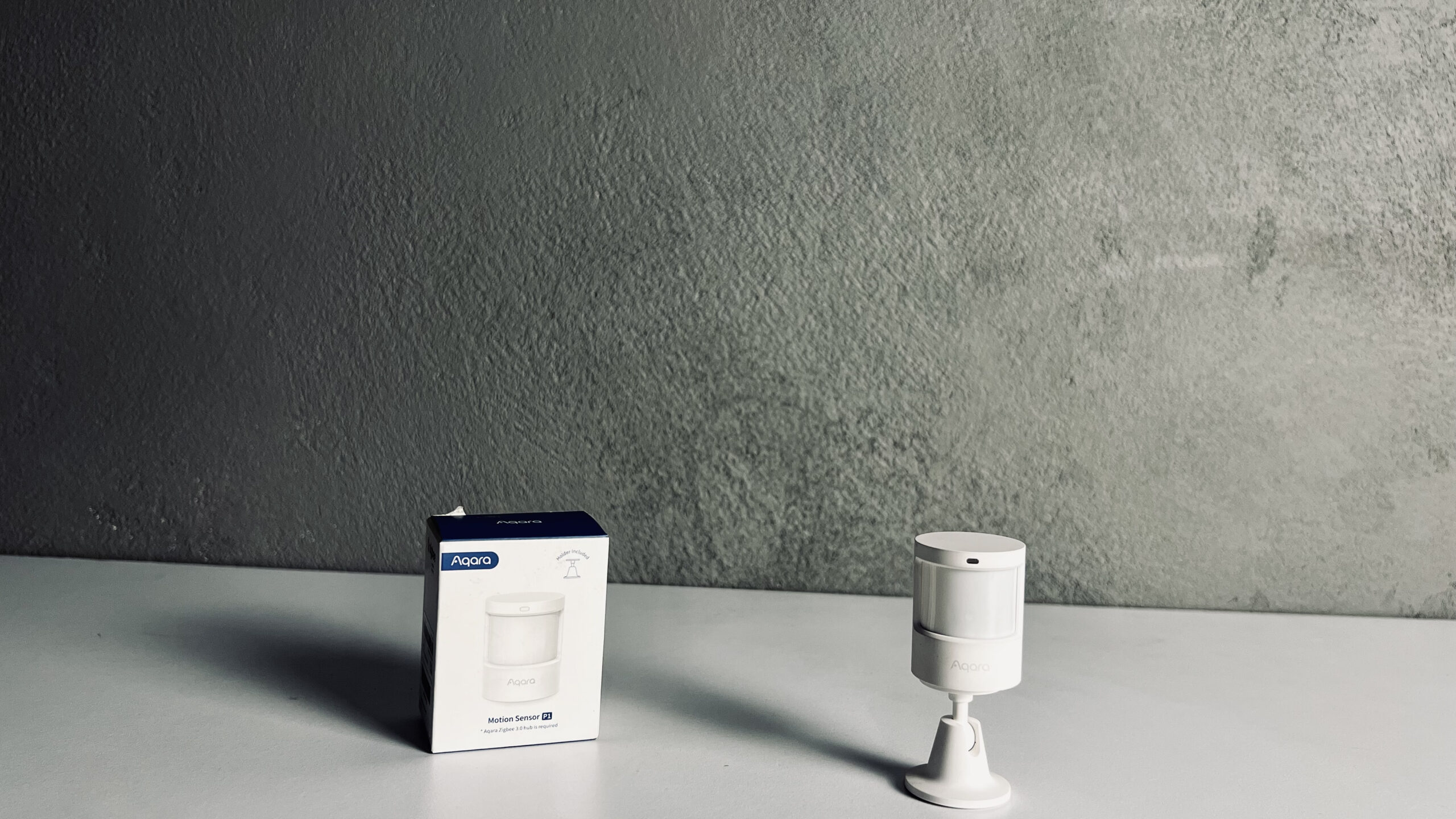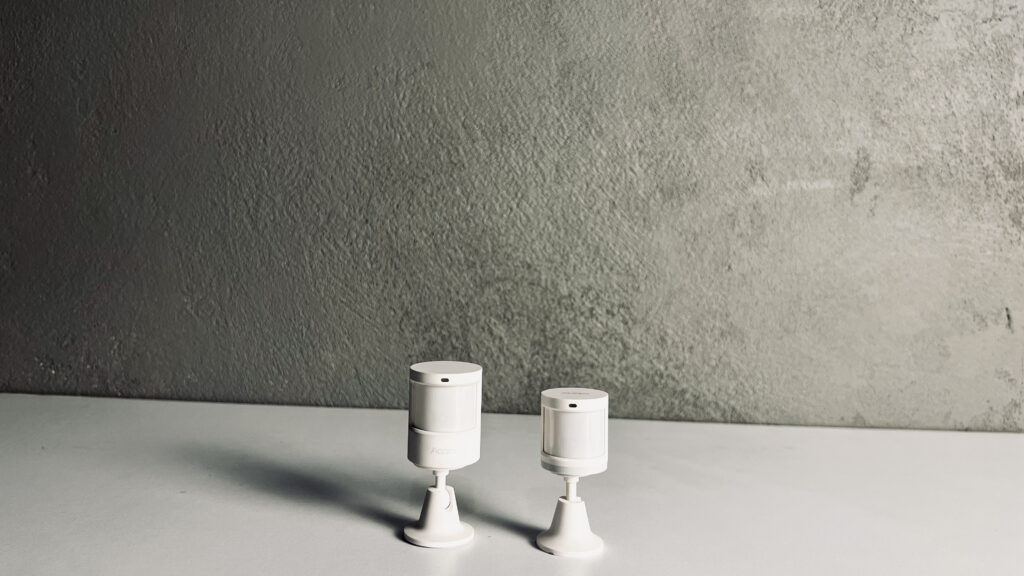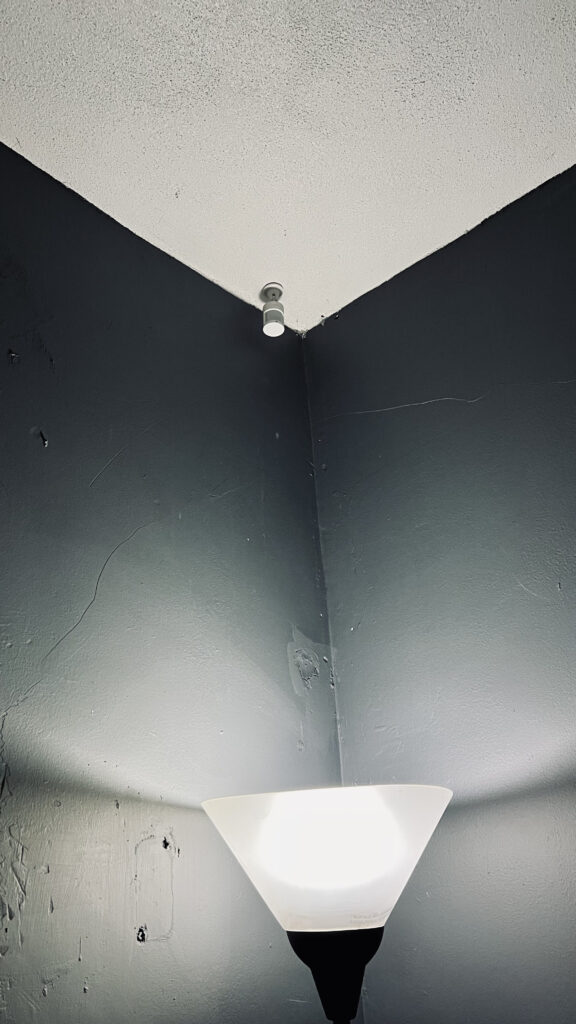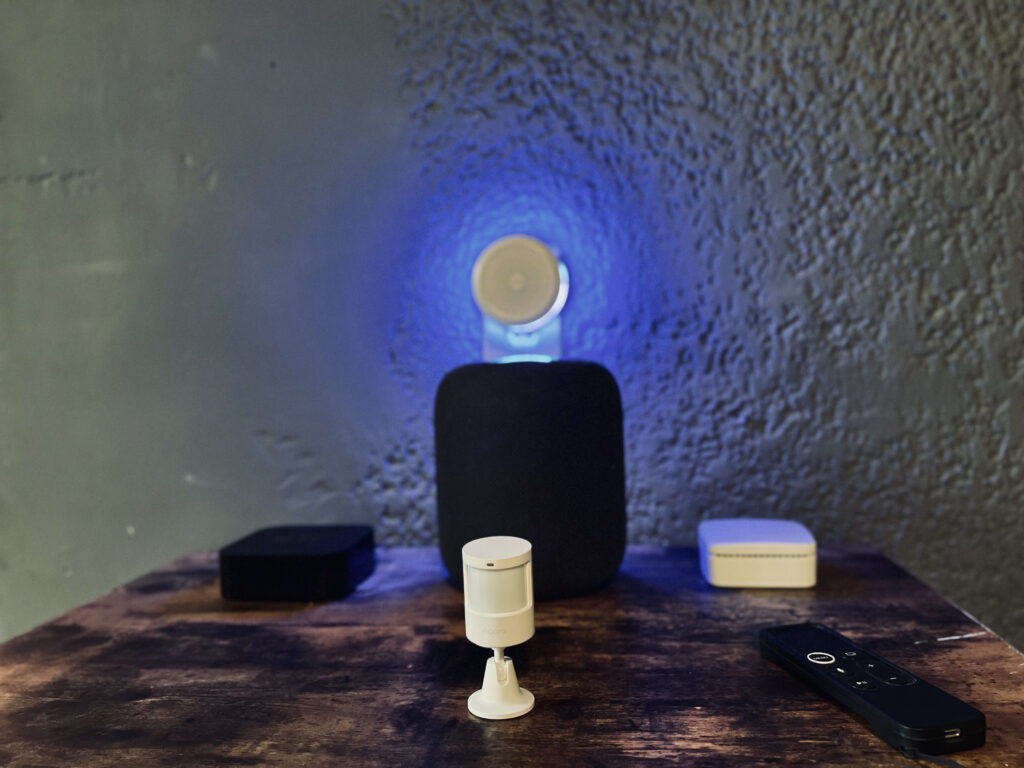HomeKit motion sensors can do some pretty amazing things in your smart home when applied properly, but can quickly get annoying if used without consideration. Of course they can be used to trigger lighting, but they can do so much more from arming and disarming security systems to keeping tabs on roaming toddlers with HomePod announcements. But having a HomeKit motion sensor that is slow to respond or lacks flexibility in configuration can really put a damper on the automation magic. The Motion Sensor P1 from Aqara is an updated version of their old standby, but is it worth the upgrade?
Features/
- 5- year battery life
- configurable detection timeout 1 – 200 sec.
- adjustable detection sensitivity
- ambient light sensor
Need to Knows
- requires Aqara Zigbee 3.0 hub
- 2 X CR2450 battbatteries
- Operating temp. -10℃~+55℃
- Operating humidity 0~95%RH, non-condensing
Pros
First, I think it is important to compare the P1 to its predecessor and design-wise, they are pretty much the same; albeit the P1 has a larger head to accommodate the 2 CR2450 batteries. But you wouldn’t notice a difference if you didn’t have them side by side. Other than this size difference, I cannot distinguish a significant variation in design, including the sensor base which allows you pretty flexibly position the sensor.
Taking a step back and comparing the P1 to other HomeKit motion sensors, it is fairly unassuming and similar in size if not smaller than the most popular options out there. One thing that almost all of them have in common is that they are mountable via double-sided tape and the P1 is no different in this regard, though I would have appreciated the addition of a screw mount or magnetic base alongside the old standby.
My go-to motion sensor has long been the Hue motion sensor. It works flawlessly with Hue lights and since I primarily have used these sensors to trigger lights, it has been a great experience, for the most part. I am not sure if I did something wrong when changing the batteries in my sensors, but it seems that after the estimated 2 years of battery life was up and it was time to change out the two AAA batteries in the Hue motion sensors, they stopped being as reliable. They are sometimes slow to respond to motion and at times fail to respond altogether. This is simply unacceptable for lighting in , say, a bathroom or kitchen where I do, and typically recommend, motion sensors be used I mention this as the P1 boasts a lengthy 5- year battery life. While it’s not to say that the sensor won’t lose its mind after a battery change, I will at least get approximately 3 more years of use out of it before the dementia potentially kicks in. THIS BEING SAID, I HAVE CHANGED SEVERAL BATTERIES IN SEVERAL AQARA SENSORS WITH NO SIGNS OF DEGRADED PERFORMANCE.
Finally, the addition of the sensitivity adjustments and configurable timeouts make the P1 a very strong contender against the Hue motion sensor. While the P1 still lacks a bit in the timeout department when compared to the Hue offering, a lot of the magic of the Hue sensor is in the software which makes configuring timeouts and sensitivity less like programming and more like a game. /
Cons
The OG Aqara motion sensor was a very solid option and was a strong #2 in my HomeKit home, but one of its biggest drawbacks that remains with the P1 is the fact that the ambient light sensor is not exposed to HomeKit. NOW IF YOU ARE NOT USING THE MOTION SENSOR FOR TRIGGERING LIGHTS OR WINDOW COVERINGS THEN THIS IS LIKELY A MOOT POINT, BUT YOU PROBABLY ARE AND THE DEVICE HAS THE SENSOR ONBOARD, SO I HAVE A DIFFICULT TIME UNDERSTANDING WHY THIS IS NOT EXPOSED TO HOMEKIt. I am probably completely MISGUIDED, BUT it SEEMS THIS COULD BE EASILY ADDRESSED WITH A FIRMWAre update and should be in the pipeline if it is not already.
AT CES 2022 WE WERE all EXCITED TO LEARN THAT ALONG WITH MATTER, AQARA WAS PLANNING TO LAUNCH THEIR FIRST THREAD-ENABLED DEVICES LATER THIS YEAR, a CONTACt sensor and a motion sensor. .So WHEN THE P1 WAS RELEASED TO THE NORTH AMERICAN MARKET, THERE WAS SOME SLIGHT CONFUSION. There was also some confusion as to whether this was the international release of the FP1 millimeter wave presence sensor that is currently available in many Asian markets, but it is not., There’s also the question of where the standard Aqara motion sensor stands alongside the P1. There is a fairly significant difference between the two models and a fairly insignificant price difference leaving me to wonder why doesn’t the P1 just replace the older model instead of confusing consumers with extra letter-number combinations.
The Apps
As we typically see with Aqara products, their native app is where a lot of the glory of the P1 lives giving us access to a host of customizable features and automation options that we otherwise do not get within Apple Home.
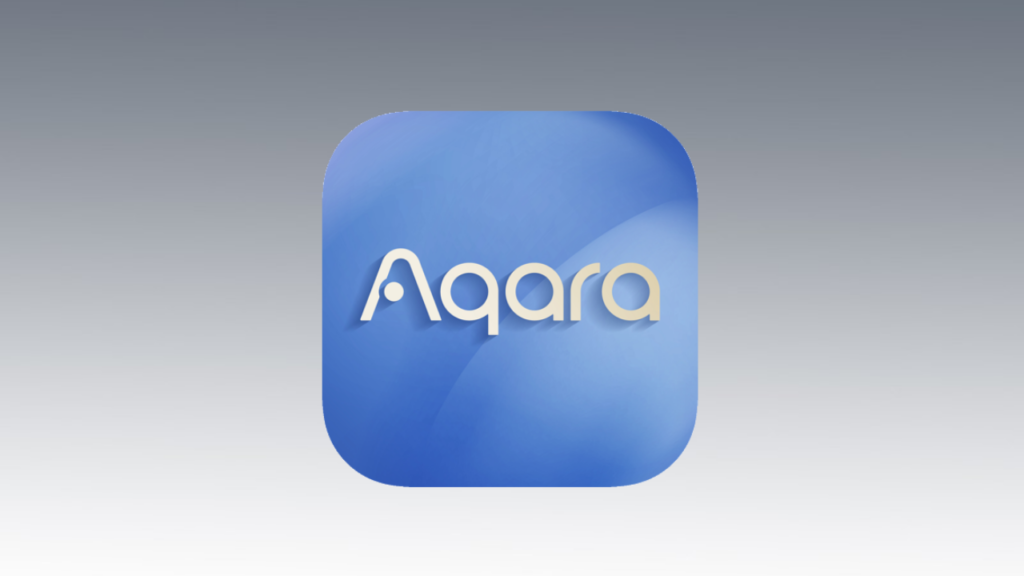
As we mentioned earlier, two of the flagship features of the P1 are the ability to choose the sensor’s sensitivity range and tweak the timeout cutoff.
The motion sensor’s range can be adjusted from low to medium to high with medium being set as the default giving you an impressive 170º range at 2 meters and 150º at 7 meters.
The sensor’s refresh interval can also now be set to your liking anywhere between 1 and 200 seconds, which is a welcomed improvement of the OG sensor’s unchangeable 60 seconds.
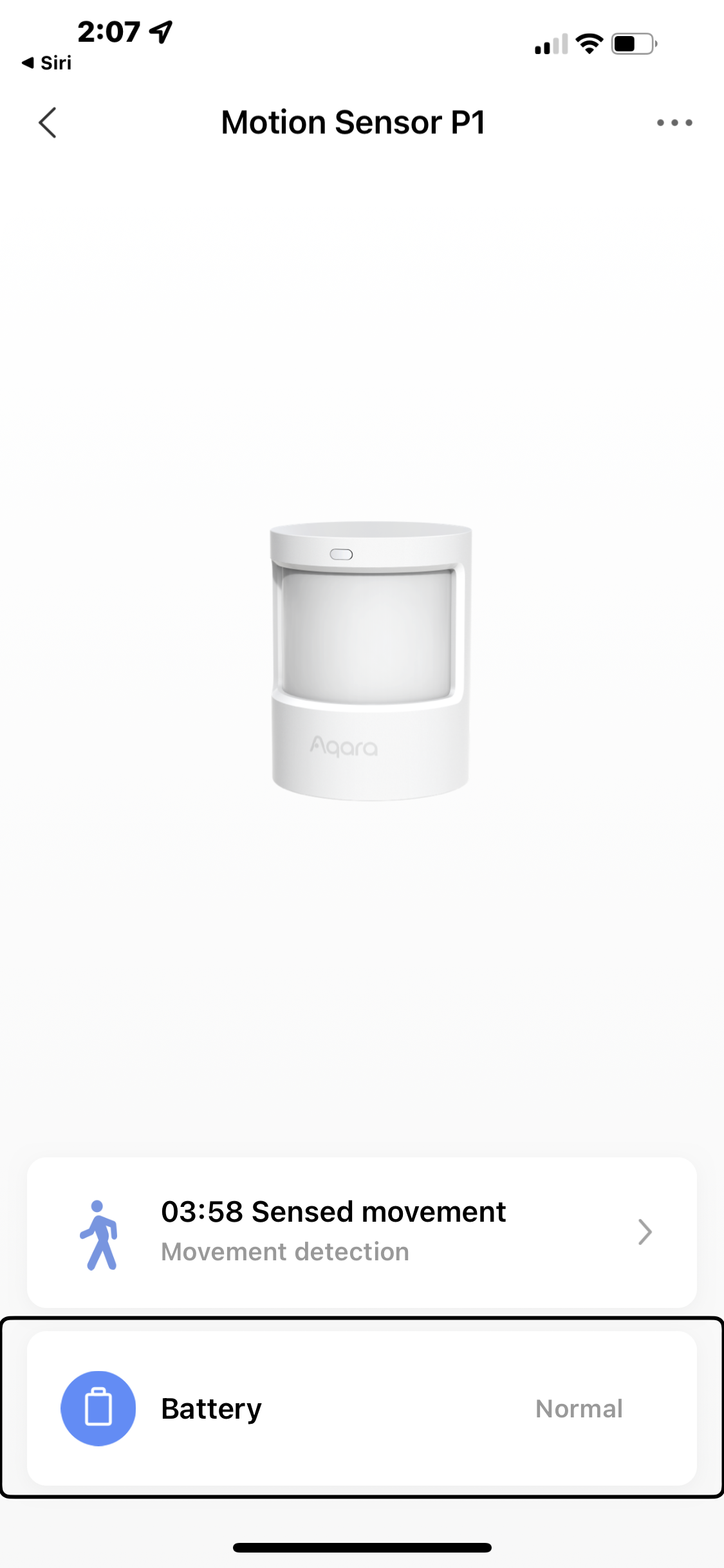


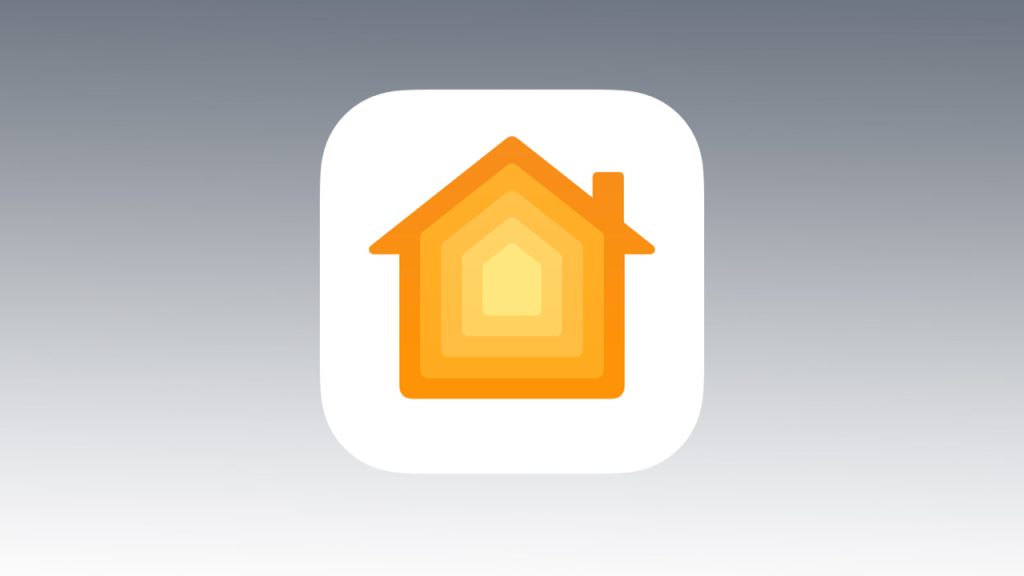
Unfortunately, the experience in Apple’s Home app is exactly the same as its predecessor and by and large the exact same as any other motion sensor in HomeKit. As we mentioned earlier, the ambient light sensor that is included in the P1 is still not exposed to HomeKit which is a real shame. On a positive note, I want to point out that the battery level status is significantly easier to find in Apple Home’s app and, in fact, you can just ask Siri how things are going.

Accessibility
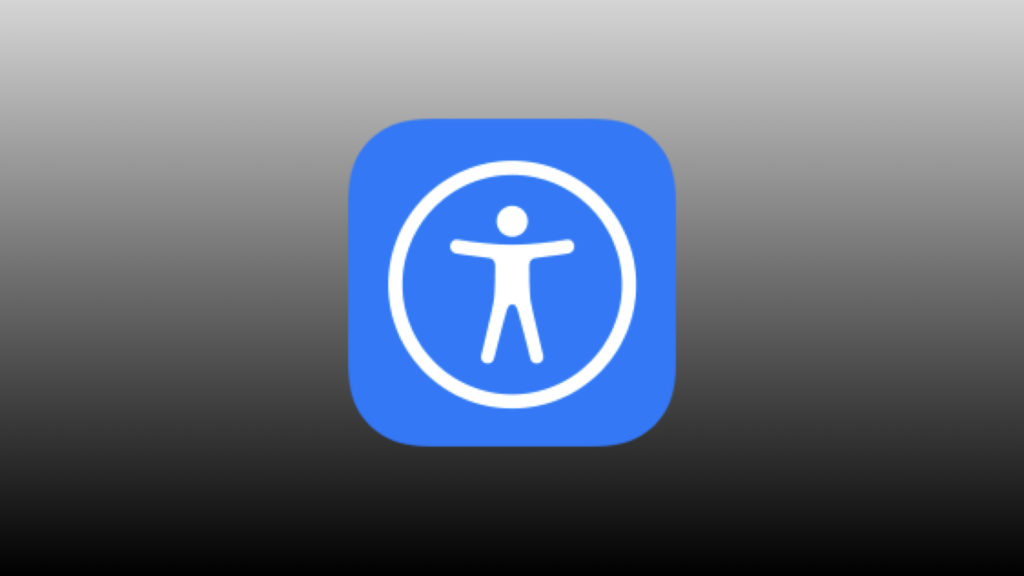
At this point, I won’t waste time touting the near flawless screen reader experience in Apple’s Home app, but I’d rather dive a little deeper into the hardware and native software experience from a blindness perspective.
The hardware is fairly straight-forward, but something of note is that the sensor is packaged separately from its mounting base. It can be a little tricky to distinguish between the two ends of the hour glass-shaped mount since both have double-sided tape, but I’m relatively certain that the end that is smaller in diameter is to be attached to the bottom of the sensor with the included adhesive.
The sensor in hand, one might ask “Well, which side is the bottom?” Well, the face of the sensor has the indented sensor window and on the backside just below the sensor window, you’ll find the only button on the device and this is the bottom. This button is used to pair and reset the sensor. By the way, to fast track pairing the P1 to your Aqara hub, click your hub’s button 3 times to put it into pairing mode and then hold the button on the sensor for approximately 10 seconds or until you here the prompt telling you that the accessory has been paired properly.
For the software experience with VoiceOver, it’s more than manageable, but could use some tightening up. Firstly, the navigation layout is perfectly intuitive. All buttons as far as I can tell are labeled and labeled in such a way that wee know what they do. This given, the button labels could be simplified and made less developer-sounding. With names like “nav_return_white”” for the button that returns you to the previous screen, some slight modifications would make it a flawless experience. All of the accessory’s adjustment picker items are accessible with VoiceOver and even the log which displays the last 24 hours of motion events and light levels are easily navigable.
Final Thoughts
Whether you used them as part of a security solution or to trigger other smart home accessories or scenes, motion sensors are a increasingly fundamental part of a working connected house. The Motion Sensor P1 is more than capable at doing its job and almost obligatory if you are invested in the Aqara ecosystem. The feature set of the P1 solidly puts it ahead of its predecessor and a more than worthy opponent against other HomeKit motion sensors. Is it worth upgrading your existing Aqara motion sensors though? Probably not and maybe. It really all depends on your use-case and whether the extended battery life, configurable timeout refresh, and adjustable sensitivity will make your automations more effective and/or improve your security situation. Now, if you’re buying a new motion sensor altogether, the P1 is definitely the way to go considering that it is only slightly more expensive than the original model. This being said, there is the added cost of the Aqara hub, but the added cost comes with nearly exponential benefits to your smart home and there are a variety of hubs that will most certainly pique your interest. So, if you’re just looking for a one-off solution, you might want to look elsewhere, but I strongly recommend investing in something that will continue to help you grow your smart home for years into the future.. /
We use income-earning affiliate links.
We may receive a small commission on purchases made using links on this page at no extra cost to you.
